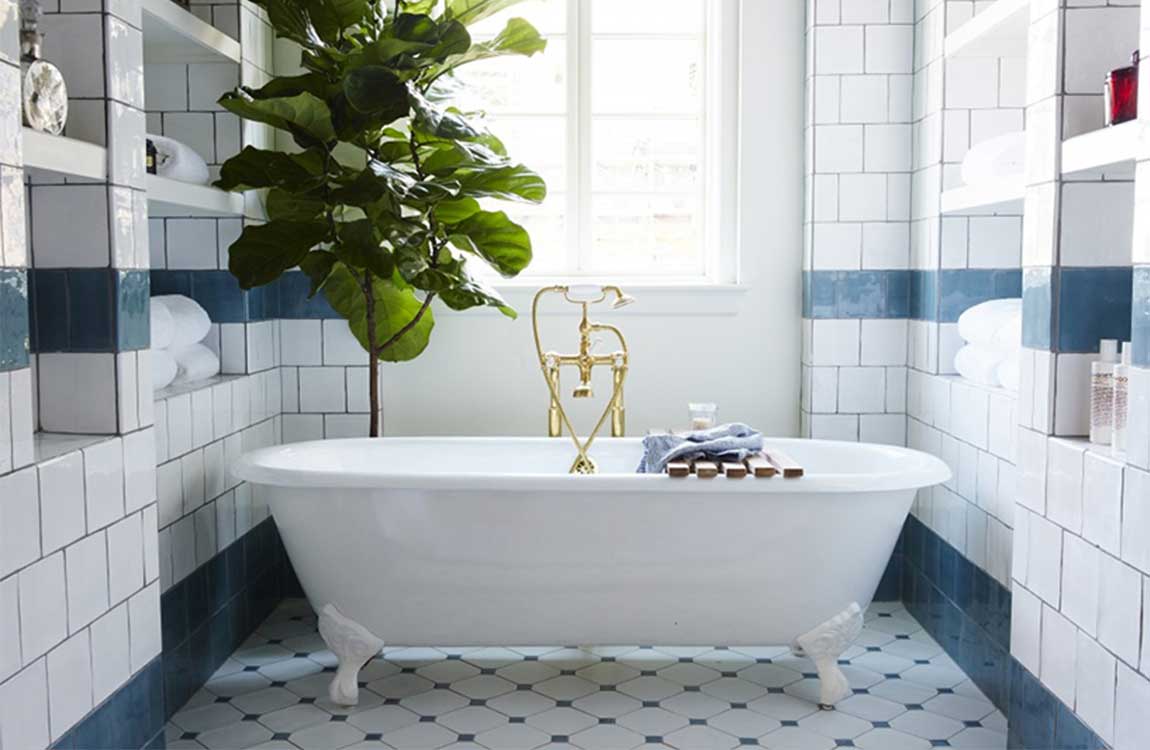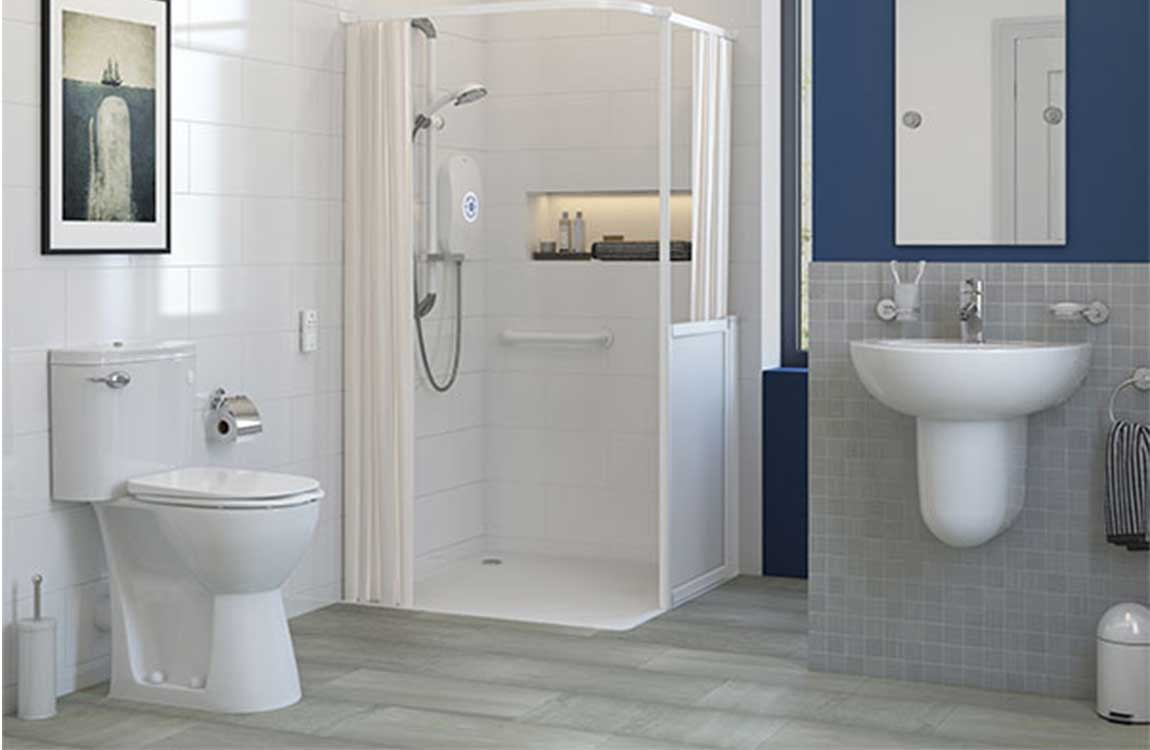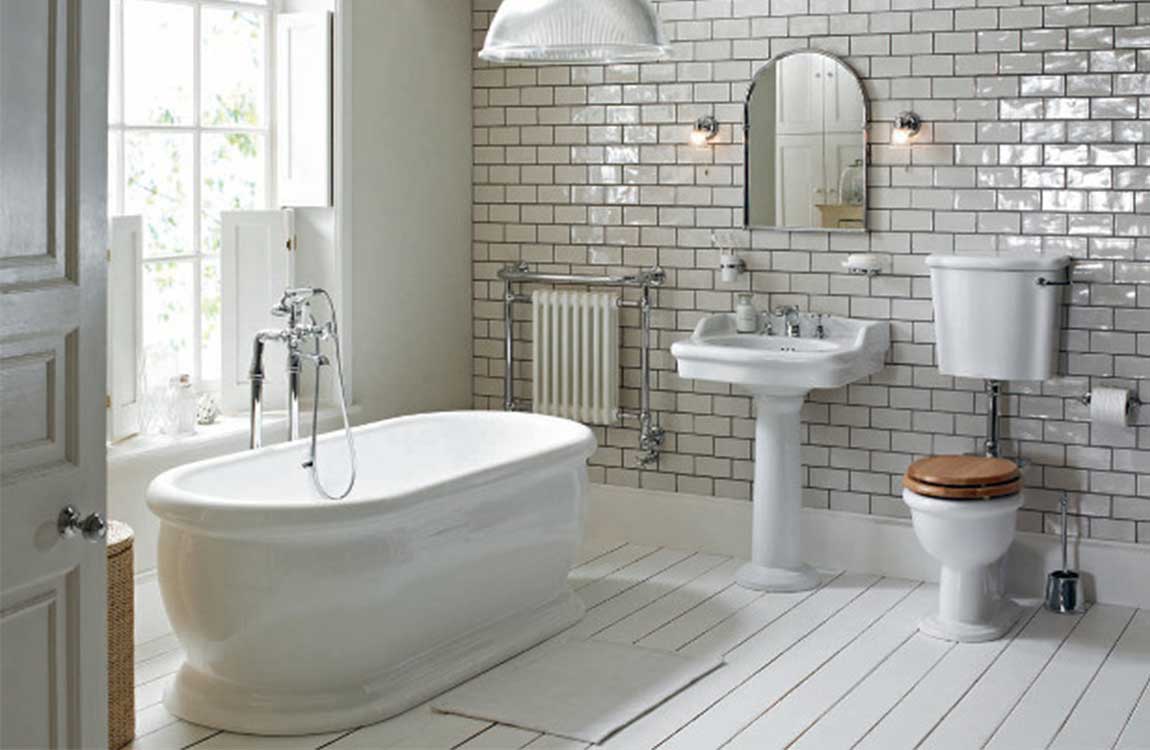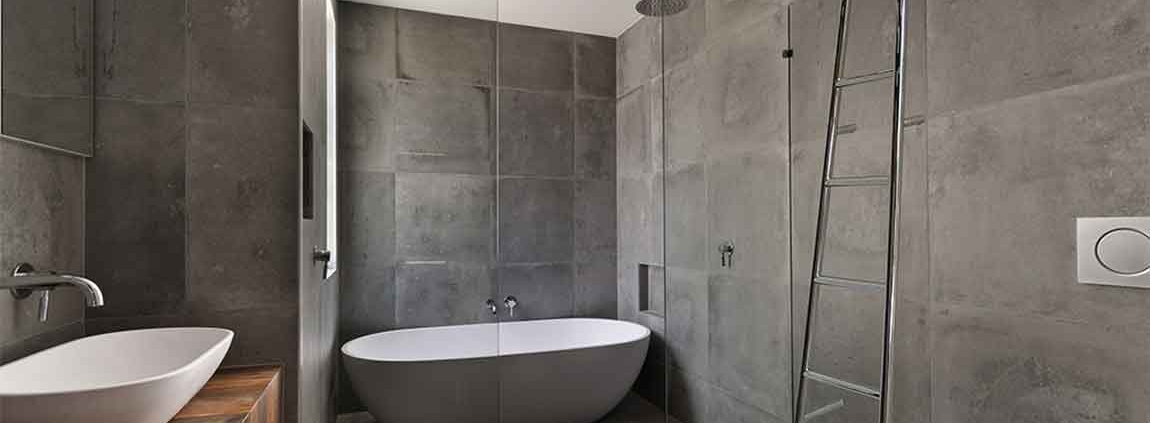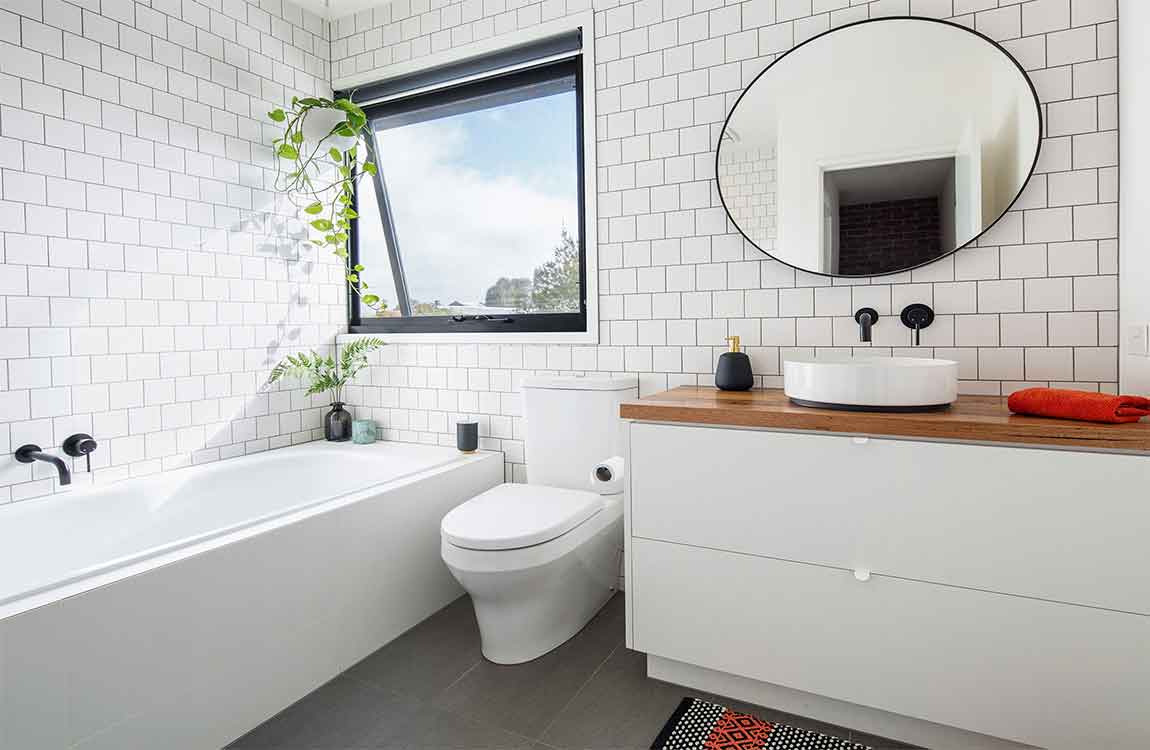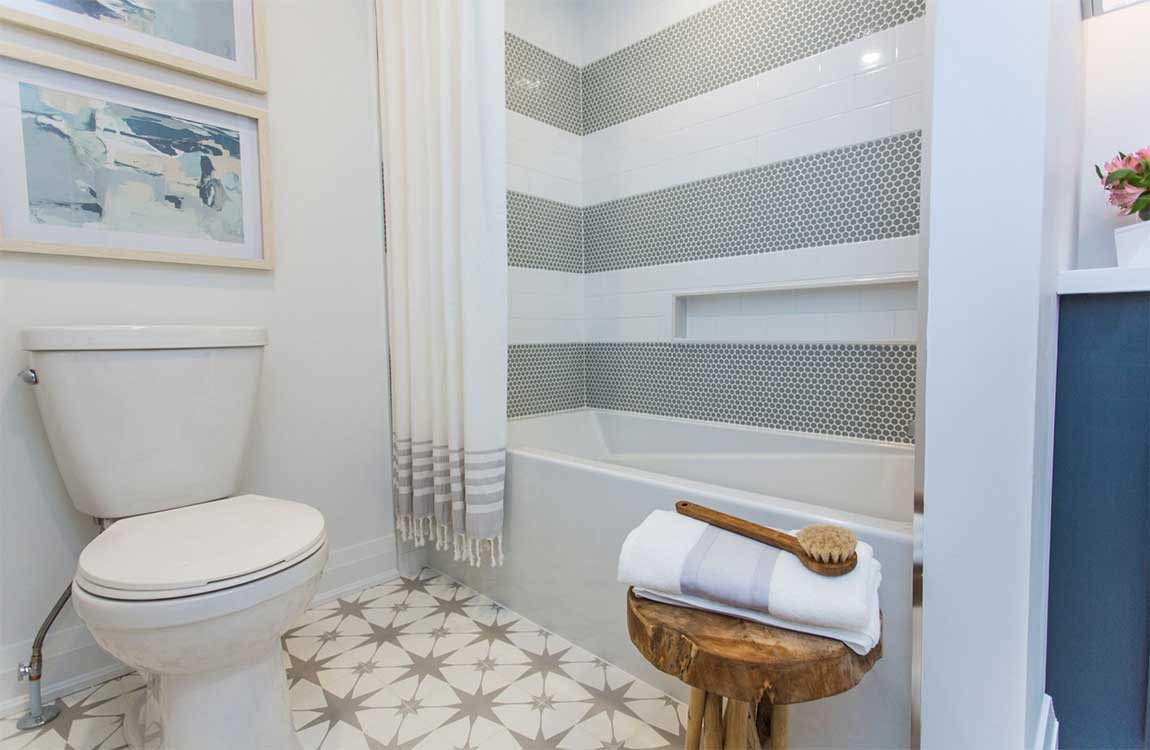Preparing Your Bathroom Before Paint a Bathroom
Choose a mildew-resistant, satin or semi-gloss paint. Bathroom paint faces a lot of wear and tear, so go with a water-repellent, easy-to-maintain product. Since they’re more durable and easier to clean than matte options, glossier finishes are ideal. The only downside is they highlight imperfections, so it’s important to prep surfaces before you paint.
As for color, look for a shade that complements the hallway or room next to the bathroom. Lighter shades are usually good choices for smaller spaces. Paint manufacturer websites often allow you to upload a photo of your room to play with wall colors. It’s also wise to purchase samples and test shades in the actual space. Keep in mind glossier finishes reflect more light, which makes colors appear brighter.
Remove wall hangings, bath products, and electrical covers. Clear out any wall art, shelves, window treatments, and towel racks that could get in the way of your paint job. Unscrew electrical outlet and wall switch covers, then replace the screws so you don’t misplace them. If you’re also painting a sink vanity or cabinet, remove the knobs and other hardware.
Take out the toilet if you can’t fit a roller or paint tool behind it. If there’s a little space between the toilet and the wall, you can simply purchase a thin sponge stick that’s specially designed to paint and clean behind a toilet. Find one online or at a home improvement store. Otherwise, turn off the water supply, flush the toilet to drain it, then begin removing it. If the tank is removable, loosen the nuts that secure its mounting bolts to the bowl. If the bowl still blocks the wall, unscrew the floor bolts at the base, then lift the bowl out of place.
Clean the walls and trim so your paint job lasts longer. Paint can’t adhere to surfaces covered with dust, grime, or mildew, so clean the walls with a mix of 1 part bleach and 3 parts warm water. Soak a sponge or mildly abrasive pad in the solution, wring it out, and scrub all surfaces you plan on painting. It might seem like a lot of work, but you wouldn’t want your new paint to start peeling in only a matter of months.
Alternatively, dilute concentrated TSP (trisodium phosphate) cleaner with water as directed. TSP is a stronger cleaner, so you won’t have to scrub as hard. Wear rubber gloves when using TSP or a bleach solution. If your bathroom has a window, open it; if not, turn on the exhaust fan. Patch any holes or cracks with filler or a drywall compound. Shine a bright light over the walls and trim to spot areas that need patching. Use a putty knife to patch problem areas, then scrape off excess compound to create a smooth surface.


